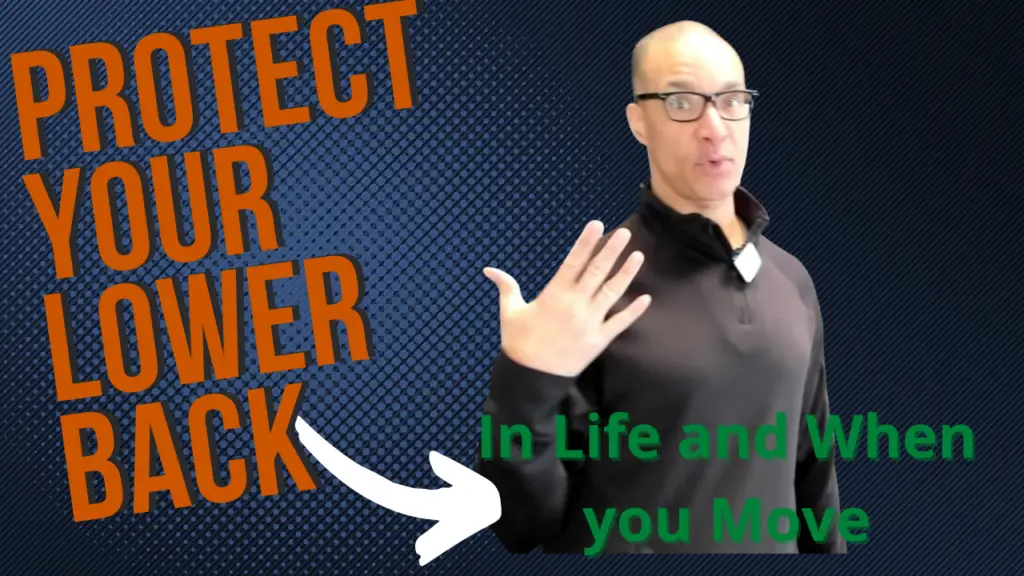
Click on the image to watch the video
Bracing the core is one of the most effective ways to stabilize and protect the lower back—during heavy lifting, dynamic movement, or simply daily tasks. But “bracing” is more than just squeezing your abs. To truly protect your spine, you need to know which core muscles matter, how to train them, and how to integrate them into all movement—not just during workouts.
What Is Core Bracing (And Why Should You Care)?
Core bracing simply means contracting all the muscles of your trunk front, sides, back, even the pelvic floor to create a “girdle” of stability around your spine. Think of how the body naturally tenses before a big exertion or if someone is about to punch you in the stomach—this helps distribute forces evenly and prevents sudden overload on any single spot in the spine.
Which Muscles Are Involved?
True bracing integrates:
- All four layers of the abdominals (rectus, obliques, transversus, internal/external)
- Deep spinal stabilizers (multifidi, transversospinalis)
- The diaphragm (breathing muscle)
- Pelvic floor
- Back muscles (erectors, lats, serratus, etc.)
These muscles must function as a coordinated system to evenly “brace” the spine—so no one link becomes the weak point.
The Keys to Smart Bracing and Injury Prevention
- Start With Deep Muscles: Deep stabilizers (like the TVA and deep back muscles) activate first to prepare the body for movement.
- Progress to Superficial Muscles: Once deep muscles are awake, train global movers like obliques and erectors in different planes—flexion, extension, rotation, lateral stability.
- The Beam Phenomenon: During squats and deadlifts, bracing helps the spine act like a strong beam—so force moves through the trunk, instead of collapsing onto the lower back.
- Don’t Overuse Bracing: You don’t need to brace every second of the day—only before higher-effort movements or when lifting, twisting, or reaching. For daily life, your core should work reflexively after proper training.
How To Learn (And Progress) Core Bracing
- Awareness: Practice “bracing for a punch” lying on your back, feeling your abs, sides, and lower back tighten in unison.
- Breathe While Braced: It’s crucial to maintain breathing—a true brace allows for expansion and natural breath, not holding.
- Segmentally Strengthen: Build up reps of basic holds, then layer in movements (squat, hinge, carry, overhead press).
- Stretch and Normalize Weak Links: Segmentally train deep stabilizers, then all layers of abs and back, then global movements.
- Integrate Into Your Life: The real win is a core that reflexively supports you during life—not one that needs constant conscious effort.
With a systematic approach—segmental strength, fascial training, posture work—bracing becomes second nature, and lower back injuries become far less likely—whether you’re working at a desk or lifting heavy in the gym.
If you want a holistic program that’s more than “just another ab workout” and addresses your needs down to the weak links, we can help. Book a [free consult] to get a custom plan for a strong, pain-free back and a core that keeps you resilient for life.
it’s not just working out, it’s building a foundation for a better life.
Find out more @

Leave a Reply